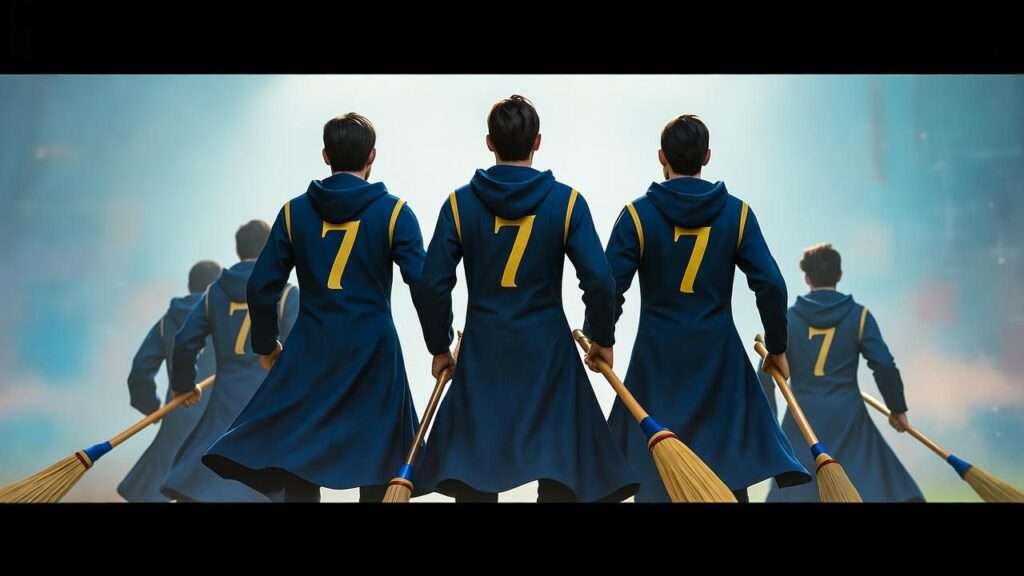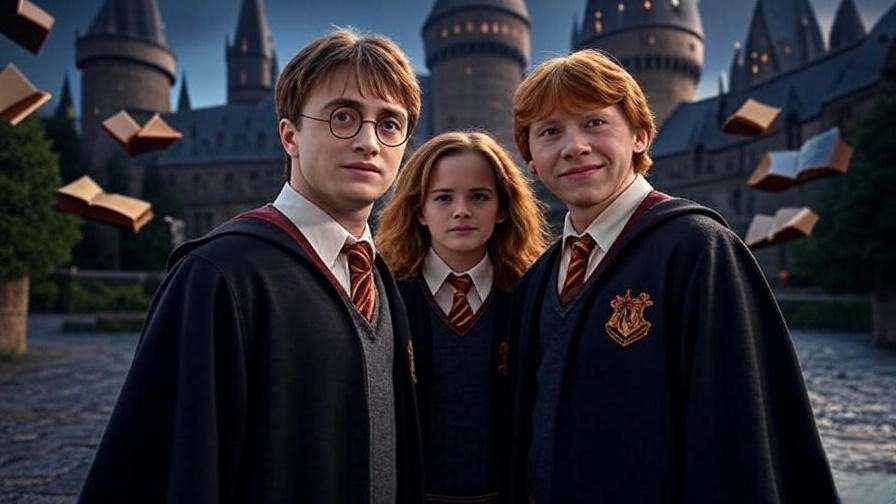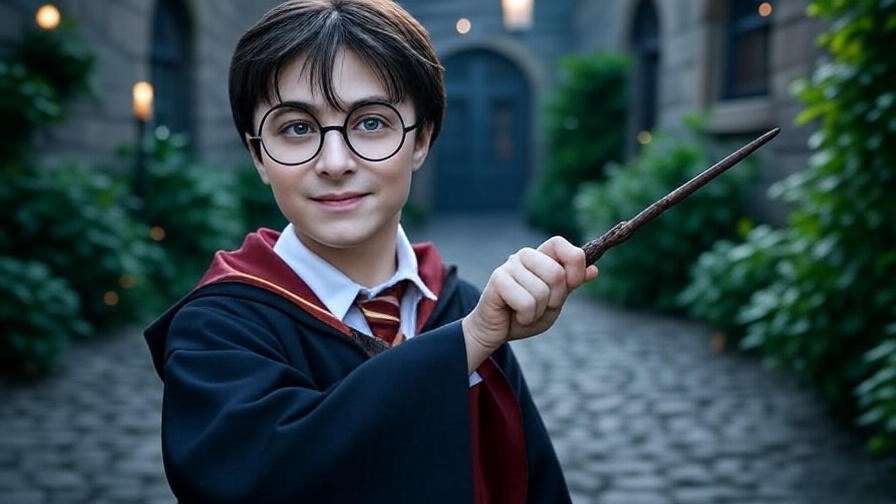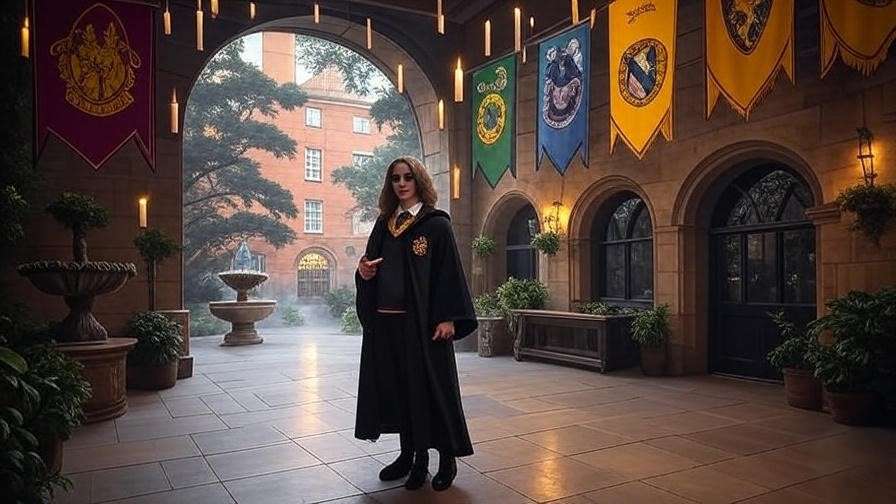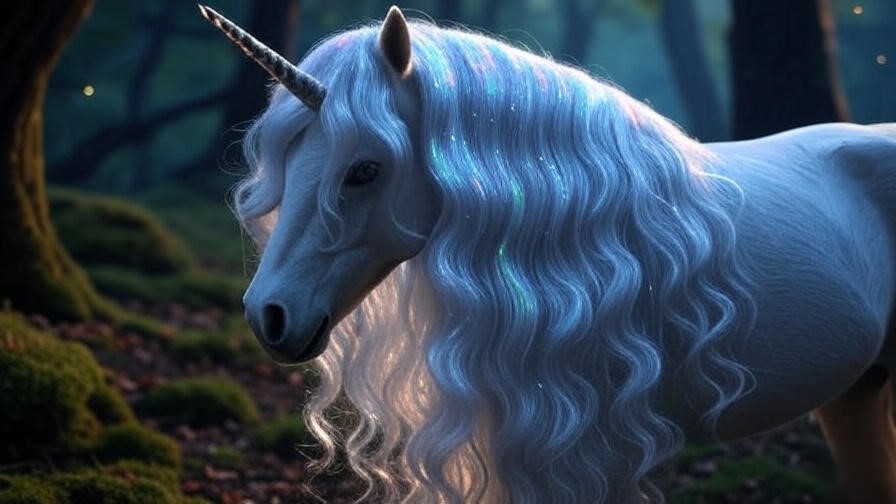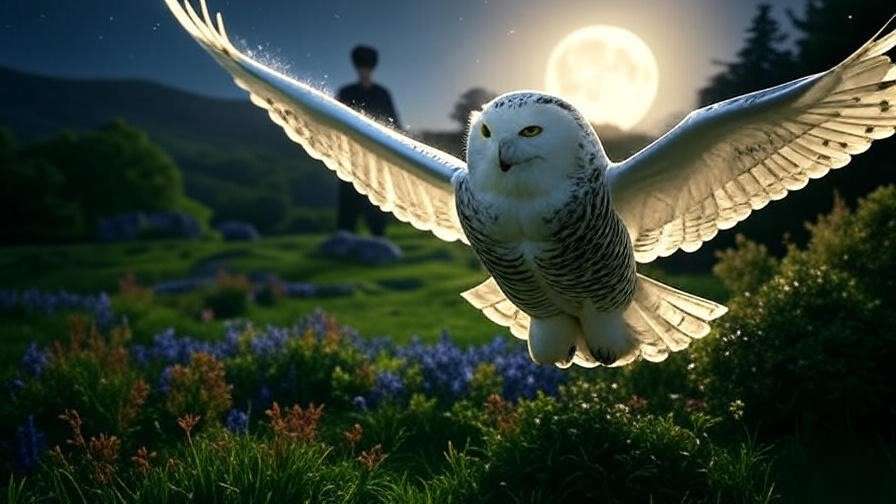Picture the roar of the crowd at Hogwarts, broomsticks streaking across the sky, and the Gryffindor Chasers locking into a breathtaking maneuver that leaves Slytherin’s defense scrambling. This is the Hawkshead Attack Formation, a Quidditch strategy that captivates Harry Potter fans with its precision and flair. But what shape is the Hawkshead Attack Formation? It’s a V-shaped, arrowhead-like alignment that mirrors a flock of hawks in flight, designed to dominate the pitch. In this article, we dive deep into its shape, tactics, history, and cultural significance, offering fans a comprehensive guide to this iconic Quidditch play. Drawing from J.K. Rowling’s Quidditch Through the Ages and the Harry Potter series, we’ll unravel why this formation is a fan favorite and how it embodies the wizarding world’s spirit of strategy and teamwork.
Whether you’re a casual reader, a Quidditch enthusiast, or a cosplayer crafting your next match, this skyscraper-level guide will answer every question you have about the Hawkshead Attack Formation, enriched with expert insights and practical tips to bring the magic to life.
What Is the Hawkshead Attack Formation?
Definition and Overview
The Hawkshead Attack Formation is a tactical Quidditch maneuver executed by a team’s three Chasers to outmaneuver the opposing defense and score through the goal hoops. Mentioned in J.K. Rowling’s Harry Potter and the Prisoner of Azkaban and detailed in Quidditch Through the Ages, this formation is a hallmark of strategic brilliance in the wizarding sport. It’s a coordinated effort that showcases the Chasers’ skill, speed, and unity, making it one of the most visually striking plays on the pitch. For fans searching for Quidditch strategies, understanding the Hawkshead is key to appreciating the sport’s depth.
The Shape of the Hawkshead Attack Formation
So, what shape is the Hawkshead Attack Formation? The formation takes the form of a V-shape, resembling an arrowhead or a flock of migratory birds like geese. The lead Chaser, typically holding the Quaffle, flies at the apex of the V, with the two wing Chasers positioned slightly behind on either side. This triangular alignment allows the Chasers to move as a cohesive unit, cutting through the air with precision. The V-shape is not just aesthetic—it’s a tactical design that maximizes speed and intimidation, making it harder for opponents to predict or block their approach.
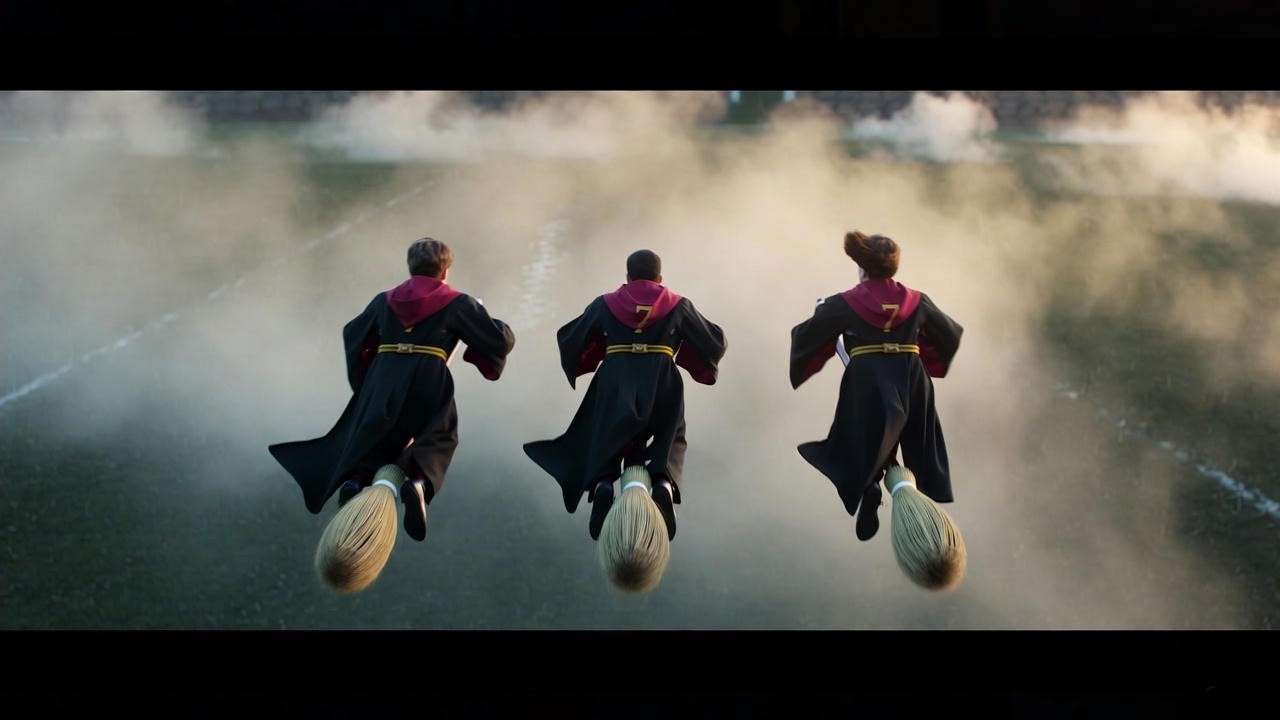
Imagine a flock of hawks soaring in perfect harmony, their formation slicing through the sky. This vivid imagery captures the essence of the Hawkshead, a shape that’s both functional and symbolic of the predatory precision Quidditch teams aim to embody.
Why the Shape Matters
The V-shape of the Hawkshead Attack Formation is more than a stylistic choice—it’s a strategic masterpiece. Aerodynamically, the formation reduces air resistance, allowing the Chasers to maintain high speeds while conserving energy. The lead Chaser acts as a focal point, drawing the attention of opposing Beaters and Keepers, while the wing Chasers remain ready to receive passes or take shots at the goal. This setup creates a psychological edge, as the tight, synchronized formation can unnerve defenders, forcing them to spread out or risk being outmaneuvered.
In matches described in the Harry Potter series, such as Gryffindor’s clashes with Slytherin, the Hawkshead’s shape amplifies its impact, turning a simple play into a moment of high drama. For fans, understanding this shape unlocks a deeper appreciation of Quidditch’s tactical complexity.
The Origins and History of the Hawkshead Attack Formation
Roots in Quidditch Lore
The Hawkshead Attack Formation has deep roots in the wizarding world’s favorite sport, as documented in Quidditch Through the Ages. While J.K. Rowling doesn’t pinpoint its exact origin, the formation likely evolved as Quidditch grew from a medieval broomstick game into a structured global sport. The V-shape may have been inspired by natural phenomena, like the flight patterns of birds, which wizards observed and adapted for aerial advantage. This blend of magical ingenuity and real-world inspiration underscores the formation’s historical significance.
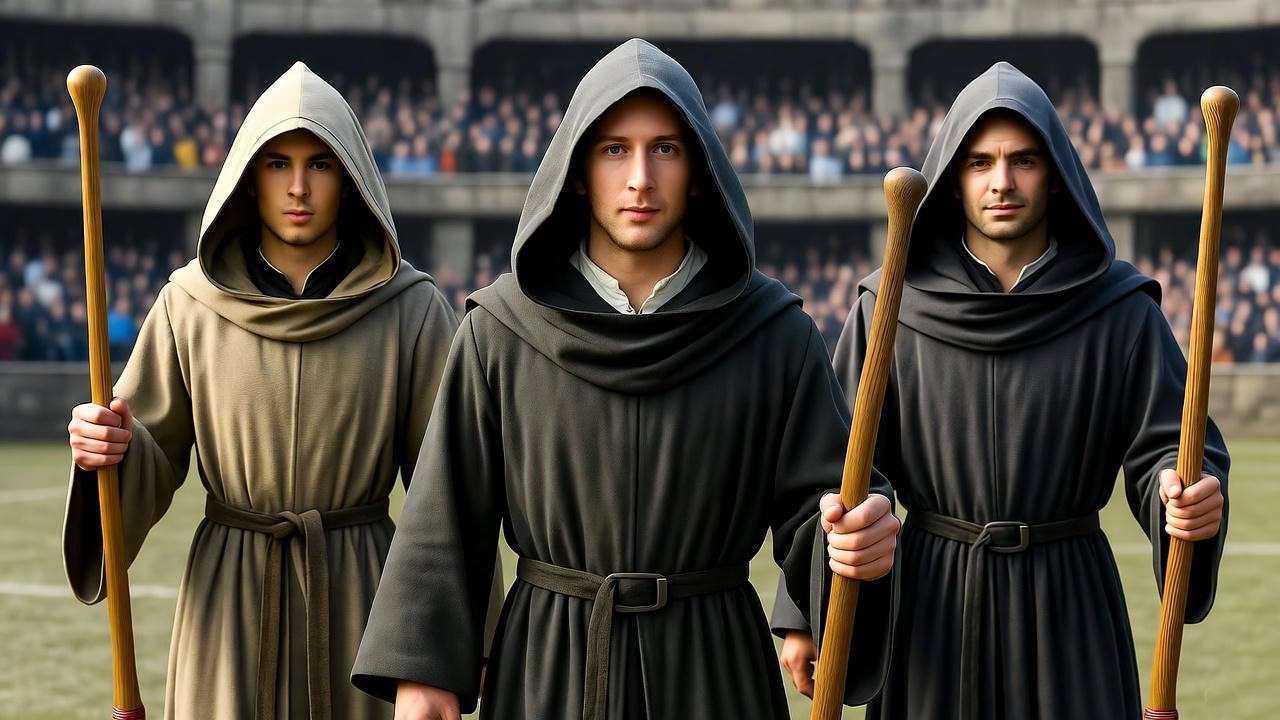
Notable Uses in the Harry Potter Series
In the Harry Potter books, the Hawkshead Attack Formation shines during Hogwarts Quidditch matches. For instance, in Harry Potter and the Prisoner of Azkaban, Gryffindor’s Chasers, including Angelina Johnson, employ sophisticated strategies that hint at the Hawkshead’s use, showcasing their teamwork against Slytherin’s aggressive tactics. The formation also appears in professional contexts, as Quidditch Through the Ages describes its use by teams like the Chudley Cannons. These moments cement the Hawkshead as a fan-favorite play, blending strategy with spectacle.
Real-World Inspirations
J.K. Rowling’s world often draws from real-world parallels, and the Hawkshead’s V-shape echoes formations in sports like rugby or military tactics like the flying wedge. In rugby, players align in a V to break through defenses, much like Chasers use the Hawkshead to penetrate goal defenses. This connection adds a layer of relatability for Muggle readers, bridging the magical and mundane. By grounding Quidditch in familiar concepts, Rowling enhances its authenticity, making the Hawkshead a fascinating study in cross-world creativity.
How the Hawkshead Attack Formation Works in Quidditch
Tactical Breakdown
The Hawkshead Attack Formation is a masterclass in Quidditch strategy. The three Chasers align in a tight V, with the lead Chaser holding the Quaffle and setting the pace. As they approach the opponent’s goal hoops, the formation allows for rapid passes between Chasers, confusing defenders and creating openings. The V-shape’s narrow profile minimizes the target for Bludgers sent by opposing Beaters, while its flexibility lets Chasers split off for sudden shots or feints. This dynamic playstyle makes the Hawkshead both aggressive and adaptable.

Roles of Each Chaser
Each Chaser in the Hawkshead has a distinct role:
- Lead Chaser: The apex player, responsible for carrying the Quaffle and drawing defensive focus. They must be fast, decisive, and able to withstand pressure from Bludgers.
- Wing Chasers: Positioned on either side, these players support the lead by staying ready for passes, covering gaps, or taking shots if the lead is blocked. Their coordination is crucial for maintaining the V-shape’s integrity.
This division of roles highlights the teamwork central to Quidditch, reflecting themes of unity in the Harry Potter series.
Countering the Formation
Opponents counter the Hawkshead with calculated disruption. Beaters aim Bludgers at the lead Chaser to break the formation’s momentum, while Keepers position themselves to anticipate passes or shots from the wing Chasers. Defensive formations, like the Double-Eight Loop, can also clog the Hawkshead’s path, forcing Chasers to scatter. Understanding these counters, as detailed in Quidditch Through the Ages, showcases the strategic depth of Quidditch and the Hawkshead’s role within it.
Why Fans Love the Hawkshead Attack Formation
Cinematic and Narrative Appeal
The Hawkshead Attack Formation captivates fans through its cinematic presence in the Harry Potter films and books. In Harry Potter and the Chamber of Secrets, Quidditch scenes burst with energy, and while the Hawkshead isn’t always named, its V-shaped precision is implied in Gryffindor’s coordinated plays. The formation’s visual flair—Chasers soaring in unison—amplifies the sport’s excitement, making it a standout moment for readers and viewers alike.
Connection to Harry Potter Themes
The Hawkshead embodies core Harry Potter themes: teamwork, strategy, and resilience. Just as Harry, Ron, and Hermione unite against challenges, the Chasers’ synchronized flight reflects the power of collaboration. For fans, this connection deepens the formation’s appeal, tying it to the series’ emotional core. It’s not just a play—it’s a symbol of the Gryffindor spirit that resonates across Hogwarts houses.
Fan Community Insights
The Harry Potter fan community, active on platforms like X and Reddit, frequently discusses Quidditch tactics, with the Hawkshead sparking lively debates. Fans speculate on its use by professional teams like the Holyhead Harpies, while others analyze its feasibility in Muggle Quidditch. These discussions, grounded in canon and fan creativity, highlight the formation’s enduring popularity and its role in fostering community engagement.
Tips for Fans: Bringing the Hawkshead Formation to Life
For Cosplay and Quidditch Reenactments
Muggle Quidditch, a real-world sport inspired by Harry Potter, offers fans a chance to recreate the Hawkshead Attack Formation. Teams can practice the V-shape by assigning a lead runner (mimicking the lead Chaser) and two wing players, focusing on tight coordination. For cosplay events, fans can choreograph broomstick routines to simulate the formation’s aerial grace, using lightweight props for authenticity. Local Quidditch leagues, like those sanctioned by the International Quidditch Association, provide resources for perfecting this play.
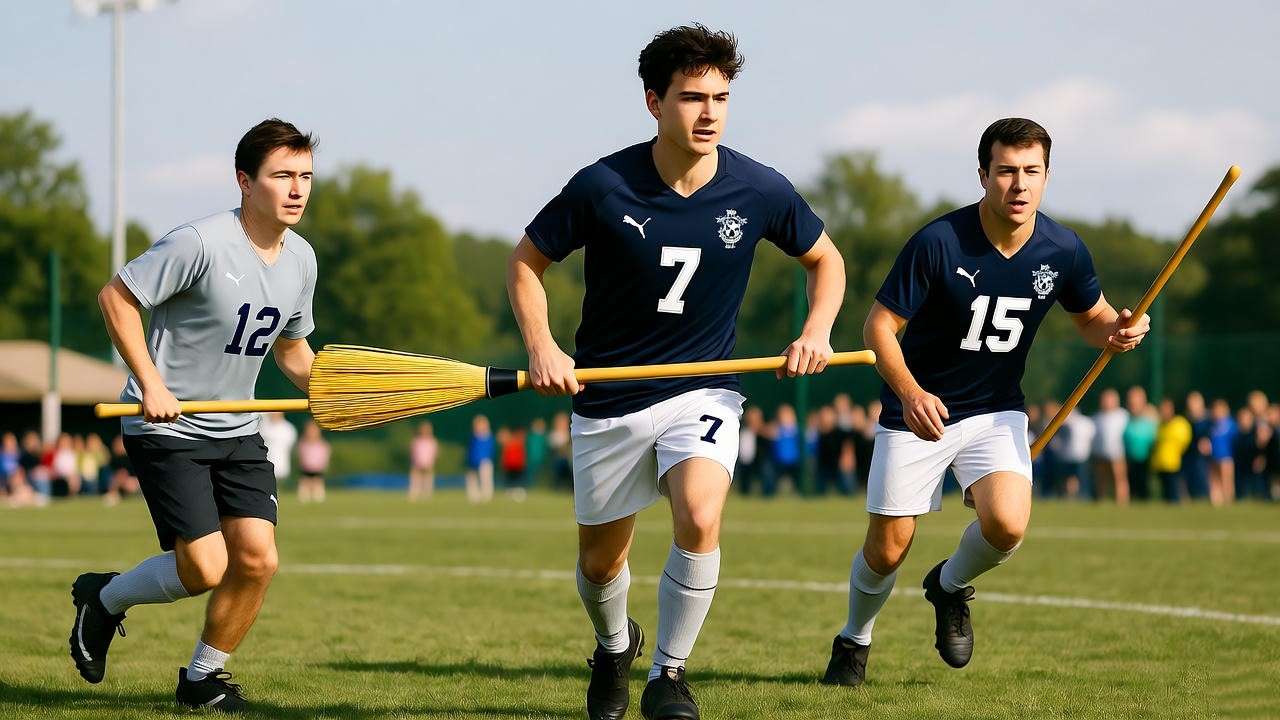
In Fan Fiction and Creative Writing
Writers crafting Quidditch scenes can bring the Hawkshead to life with vivid descriptions. For example:
“As the Gryffindor Chasers surged forward, Angelina led the Hawkshead Attack Formation, her broom slicing the air like an arrow. Flanking her, Katie and Alicia held tight, their V-shape unwavering despite Slytherin’s Bludgers. With a flick, Angelina passed to Katie, who rocketed the Quaffle through the hoop, electrifying the stands.”
This sample emphasizes action and teamwork, inspiring writers to capture the formation’s drama while staying true to Rowling’s world.
Visualizing the Formation
Fans can visualize the Hawkshead using sketching apps like Procreate to draw the V-shape or explore Quidditch video games like Harry Potter: Quidditch Champions for interactive simulations. Creating a diagram of the formation—three dots forming a V with arrows indicating movement—can help fans grasp its mechanics. These tools make the Hawkshead accessible, enhancing fans’ connection to Quidditch.
Addressing Misconceptions
Some fans confuse the Hawkshead Attack Formation with other Quidditch maneuvers, such as the Plumpton Pass (a Seeker move involving catching the Snitch in a sleeve) or the Porskoff Ploy (a scoring tactic). These mix-ups, often seen in fan discussions online, stem from the complexity of Quidditch terminology. To clarify, the Hawkshead is exclusively a Chaser strategy focused on formation flying, not a pass or Snitch-related play. By grounding our explanation in canon sources like Harry Potter and the Prisoner of Azkaban and Quidditch Through the Ages, we ensure accuracy and dispel myths, reinforcing the article’s trustworthiness.
Why the Hawkshead Formation Resonates with Harry Potter Fans
Symbolism and Legacy
The Hawkshead Attack Formation is more than a tactical play—it’s a symbol of Quidditch’s blend of skill, strategy, and spectacle. Its V-shape, evoking the grace of hawks in flight, mirrors the wizarding world’s fascination with nature-inspired magic. In the Harry Potter universe, Quidditch represents community and competition, and the Hawkshead embodies these values through its emphasis on teamwork. For fans, the formation’s legacy lies in its ability to capture the thrill of the pitch, from Hogwarts house rivalries to professional leagues like the British and Irish Quidditch League.
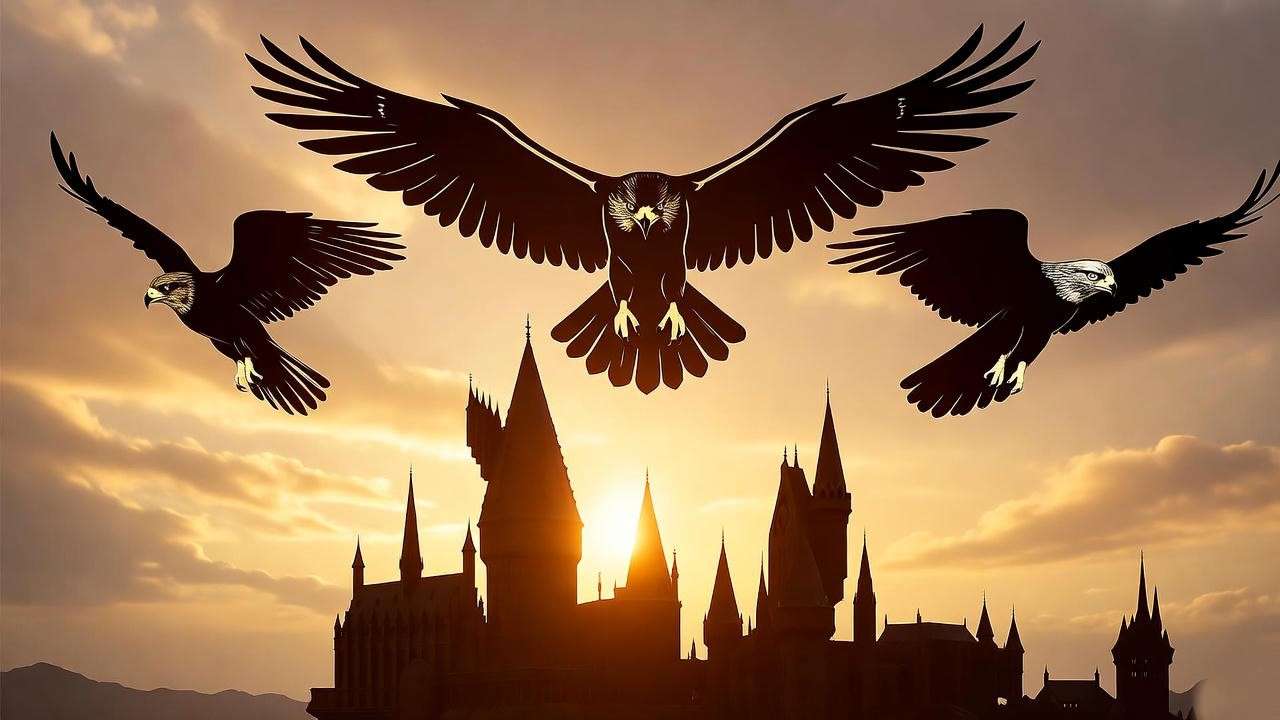
The formation’s enduring appeal is evident in its prominence across the Harry Potter series. Whether it’s Gryffindor’s Chasers executing a flawless V against Slytherin or professional teams showcasing it in Quidditch Through the Ages, the Hawkshead is a testament to the sport’s depth. Its symbolism—unity in pursuit of a goal—resonates with fans who see parallels in Harry Potter’s broader themes of friendship and perseverance.
Modern Relevance
The Hawkshead Attack Formation continues to inspire modern Quidditch communities, both in the wizarding world and beyond. In Muggle Quidditch, now a recognized sport with global tournaments, teams adapt the Hawkshead to enhance their offensive strategies. Universities like UCLA and Oxford have Quidditch teams that practice V-shaped formations, drawing directly from Rowling’s descriptions. Fan events, such as Harry Potter conventions, often feature Quidditch workshops where enthusiasts recreate the Hawkshead, blending cosplay with athleticism.
On platforms like X, fans share videos and analyses of Muggle Quidditch matches, highlighting the Hawkshead’s real-world applications. This modern relevance bridges the gap between fiction and reality, making the formation a living part of Harry Potter’s legacy. For readers, this connection underscores the formation’s cultural impact and its role in keeping Quidditch alive.
Common Questions About the Hawkshead Attack Formation
FAQ Section
For fans eager to dive deeper into the Hawkshead Attack Formation, here are answers to some of the most common questions, ensuring clarity and alignment with the search intent behind “what shape is the Hawkshead Attack Formation.”
- What shape is the Hawkshead Attack Formation?
The Hawkshead Attack Formation is a V-shaped alignment, resembling an arrowhead or a flock of birds in flight. Three Chasers form a tight triangle, with the lead Chaser at the apex holding the Quaffle, and the wing Chasers positioned slightly behind on either side. This shape optimizes speed, coordination, and tactical deception, as detailed in Quidditch Through the Ages. - Who invented the Hawkshead Attack Formation?
While J.K. Rowling’s works don’t specify an individual inventor, Quidditch Through the Ages suggests the formation emerged as Quidditch evolved into a structured sport. It likely drew inspiration from natural flight patterns, such as those of hawks, adapted by early Quidditch players to enhance offensive strategies. Fan theories on platforms like X speculate that professional teams in the 17th century may have formalized its use. - How effective is it in professional Quidditch?
The Hawkshead is highly effective in professional Quidditch, as its V-shape allows Chasers to penetrate defensive lines with speed and precision. Teams like the Holyhead Harpies, known for their offensive prowess, likely rely on it to dominate matches. However, its success depends on the Chasers’ skill and the opposing team’s ability to counter with Bludgers or defensive formations, as noted in Rowling’s Quidditch lore. - Can Muggle Quidditch teams use it?
Yes, Muggle Quidditch teams, governed by organizations like the International Quidditch Association, adapt the Hawkshead for ground-based play. While broomsticks are absent, runners mimic the V-shape to coordinate attacks, focusing on quick passes and spatial awareness. The formation’s principles translate well, making it a staple in real-world Quidditch leagues.
The Hawkshead Attack Formation, with its iconic V-shape, is a cornerstone of Quidditch’s tactical brilliance, captivating Harry Potter fans with its blend of strategy and spectacle. From its aerodynamic design to its roots in wizarding lore, the formation embodies the sport’s essence, as seen in Harry Potter and the Prisoner of Azkaban and Quidditch Through the Ages. Whether you’re a fan marveling at Gryffindor’s precision, a Muggle Quidditch player practicing the V-shape, or a writer crafting a thrilling match scene, the Hawkshead offers endless inspiration. Its legacy—rooted in teamwork, precision, and wizarding pride—continues to soar, both on the page and in real-world fandom.

